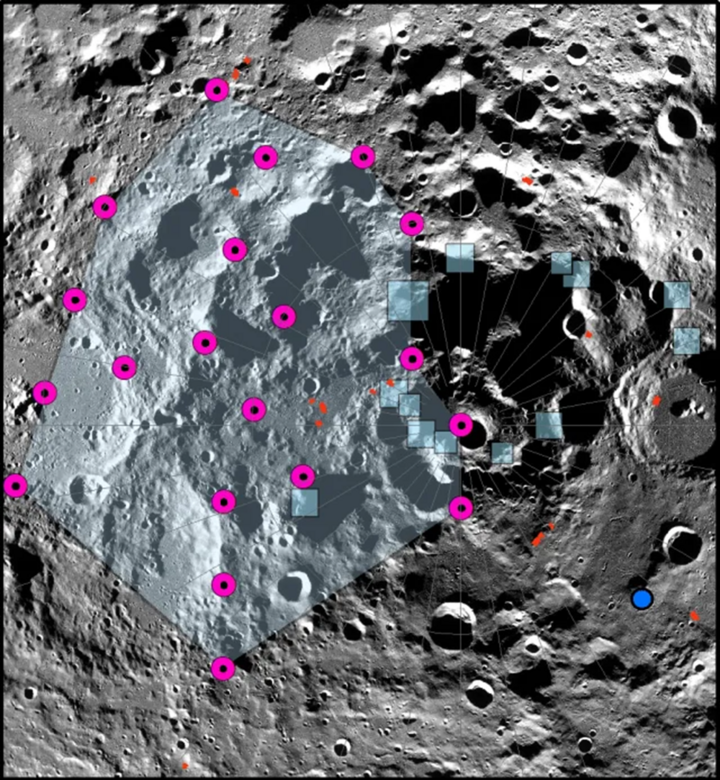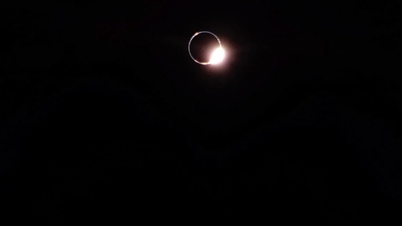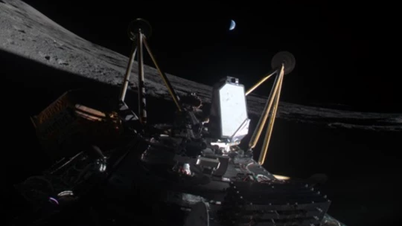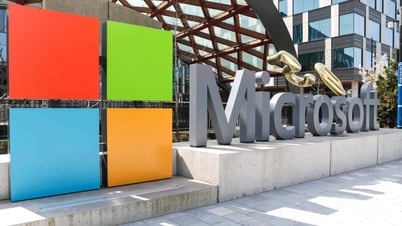When planning crewed lunar landing sites from upcoming Artemis mission programs, program planners must take into account many parameters about the Moon, including the shape of the terrain, biosphere characteristics, climate, and more.
But now, experts say, it’s important to consider lunar earthquakes and landslides as well. This is no longer a hypothetical argument, the lead geologists in a new NASA-funded study stress.

As the Artemis 3 program prepares to launch to the Moon in 2026, geologists are concerned about whether moonquakes will affect the landing. (Photo: NASA)
While examining the Moon's south polar region – located near the planned landing site of the Artemis 3 program (scheduled to land in 2026), geologists have identified geological fault lines believed to be related to a major moonquake that occurred about 50 years ago.
On March 13, 1973, a particularly powerful moonquake shook the Apollo seismometers from the Moon’s south pole. Decades later, the Lunar Reconnaissance Orbiter flew over the south pole and also discovered multiple fault networks. Now, with the discovery of a new geological fault, it provides important evidence for understanding extreme events on the Moon.
Experts believe that Earth’s moon has been shrinking as its core has cooled over the past few hundred million years. Similar to the way a grape wrinkles as it shrinks into a raisin, the moon also wrinkles as it shrinks. But unlike the flexible skin of a grape, the moon’s surface is brittle, and the compaction of geological material is weak, making cracks more likely to form when earthquakes occur.
The new discovery adds to the growing picture of moonquakes. When humans set foot on the moon again, they will have to plan ahead and account for the possibilities that lie beneath their feet.
“As we get closer to the launch of the crewed Artemis mission, it is important to keep our astronauts, equipment and infrastructure as safe as possible,” said Nicholas Schmerr, a geologist on the new study.
“To better understand the seismic risk posed to future human activities on the Moon, we need more new seismic data from the Moon,” said Renee Weber, co-author of the new study at NASA’s Marshall Space Flight Center.
HUYNH DUNG (Source: Space/NASA)
Source










































































































Comment (0)